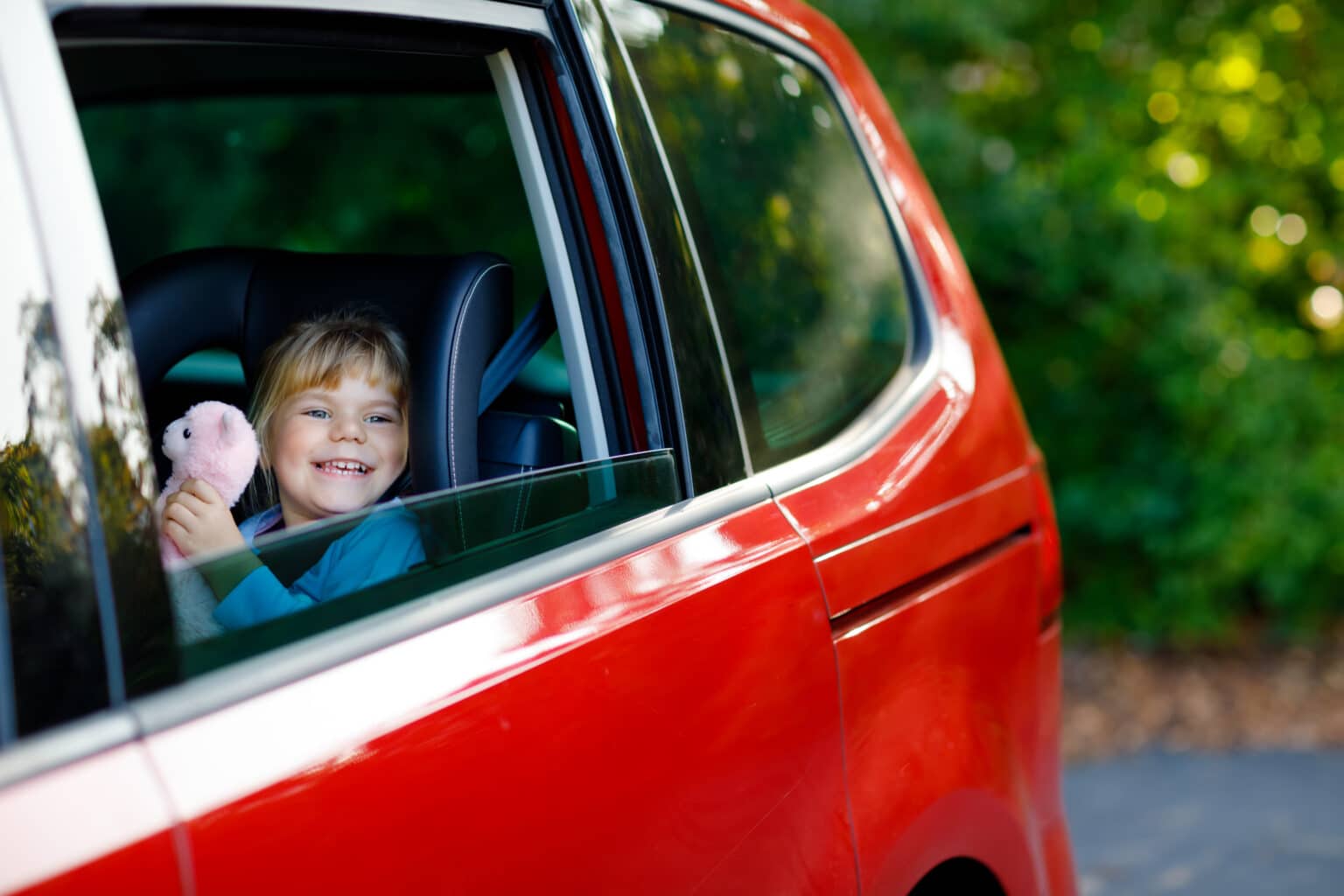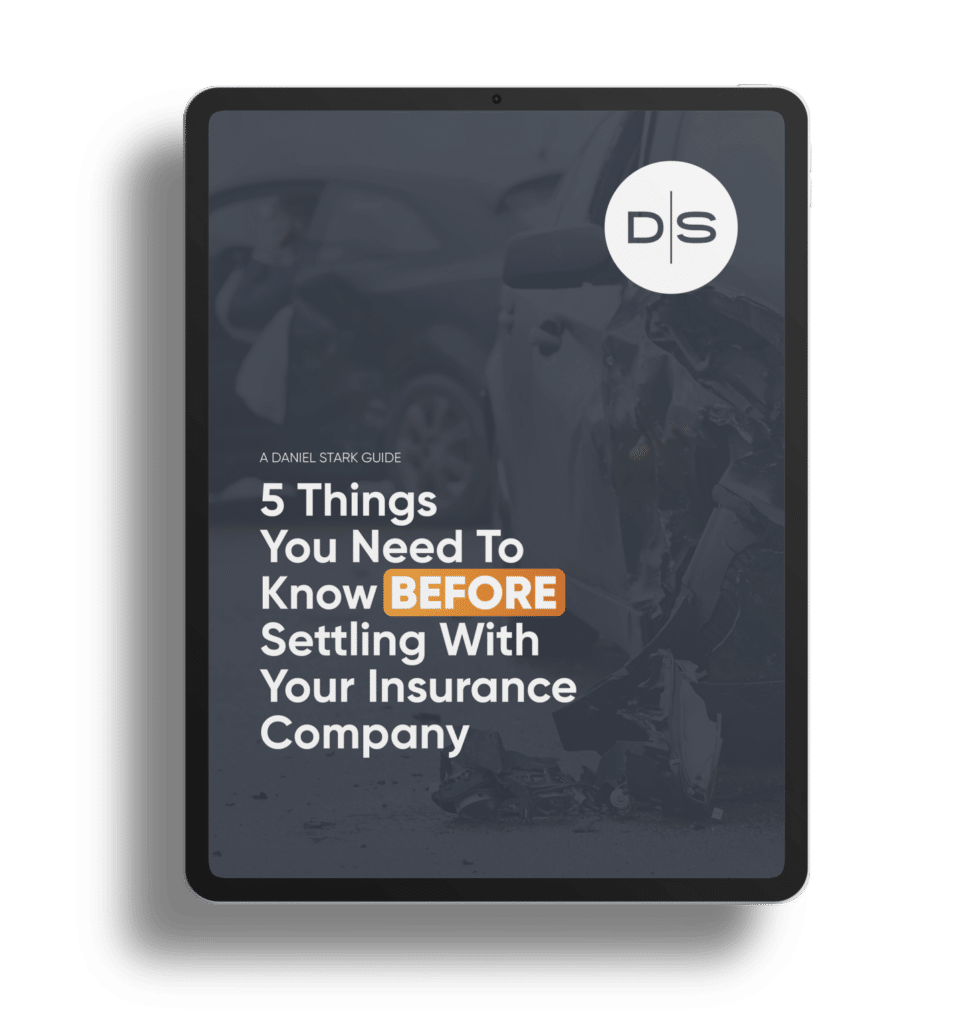In 2021, auto crashes claimed the lives of 3 children and injured 445 more every day.
To combat this alarming issue, Texas has implemented laws to protect our young passengers. According to these regulations, all children below the age of eight must be securely fastened in a child safety seat whenever they travel in a vehicle, unless they exceed a height of 4 feet 9 inches.
The consequences of failing to properly restrain a child are not only dangerous but also carry a hefty penalty. Violators may face a fine of up to $250.
Here’s how you can select the right car seat, install it accurately, and keep your child protected on every journey.
Why Are Rear-Facing Seats So Important for Children’s Safety?
Car seats play a vital role in ensuring the safety of children during car journeys, particularly when it comes to rear-facing seats.
While some parents may believe they should turn their baby seats around at 12 months – this is actually just the minimum standard.
This is because rear-facing seats offer enhanced protection for infants’ delicate necks and spines. They prevent the baby’s larger head from jerking forward in the event of a crash. Children under the age of 2 in rear-facing seats are 75% less likely to experience serious or fatal injuries.
Infants have different proportions than adults, with their heads making up a larger percentage of their body weight. The strain on a child’s neck in a collision is greater due to their larger head, making rear-facing seats essential. These seats distribute crash forces through the child’s head, neck, and back, rather than concentrating them in the neck.
Therefore, the longer a child rides facing backward, the better.
How Long Should Children Stay in a Rear-Facing Car Seat?
It’s important to buckle your child up in a car seat appropriate for their age and size.
There are different types of rear-facing car seats, including infant-only seats and convertible or all-in-one seats with higher weight and height limits. Children often transition to the next stage of child passenger safety too soon, so keep your child rear-facing as long as possible before switching to a forward-facing seat with a harness and tether.
Front-facing booster seats elevate and position children for a secure seat belt fit. There are various types, including high back, backless, and combination seats.
We recommend following the car seat manufacturer’s instructions and refer to the vehicle owner’s manual for installation guidance. In addition, keep your child in a car seat as long as they meet the seat’s height and weight requirements.
By following these recommendations, you can ensure the safety of young children in vehicles and provide them with the necessary protection at each stage of their growth.
How are Car Seats Often Misused?
Did you know that parents unknowingly misuse their children’s car seats and booster seats a staggering 59% of the time? Car seat and booster seat misuse is all too common, which greatly reduces their effectiveness.
There are several common errors when it comes to car seat misuse. These include incorrect recline angles for rear-facing car seats, loose installation, loose harnesses, and improper seat belt position.
We recommend always reading the instructions before installing your child’s car seat for the first time. Before every ride, double-check that your child is secured tightly, and make sure the car seat doesn’t move more than 1 inch from side to side.
Remember that not all car seats fit all vehicles, so purchase a car seat that can be installed and used correctly every time.
Trust Certified Experts for Proper Car Seat Installation
Ensuring that your car seat is properly installed is crucial for your child’s safety.
Don’t leave it to chance — allow a certified child passenger safety technician to inspect the safety of your car seat. Join us in the parking lot of the Brazos Center on September 14, 2024 for a free car seat inspection. We can provide expert guidance, replace any expired seats, and help you understand the appropriate seating options for your child.
Whether it’s a rear-facing seat or a forward-facing booster seat, make sure your child is secure and protected on every car ride.
Event Details:
What: National Car Seat Safety Inspection
When: September 14, 2024, 8:30am-11:00am
Where: Brazos Center Parking Lot – 3232 Briarcrest Dr., Bryan, Tx 77802












